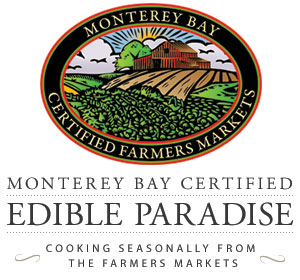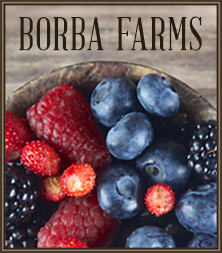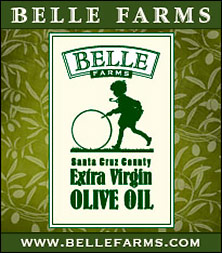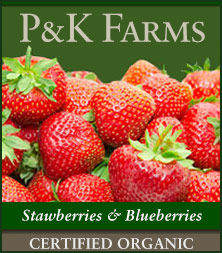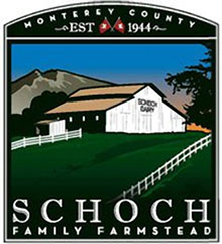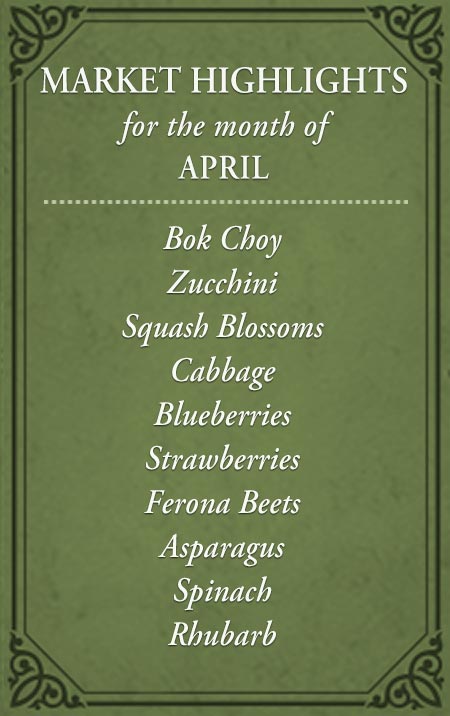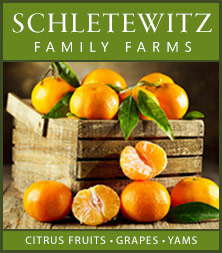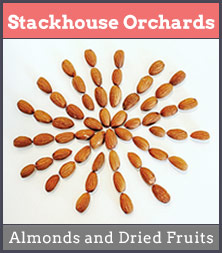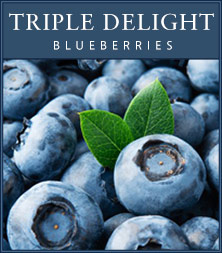If you’ve ever taken a bite of something and instantly thought, “Oh wow… that’s so good,” you were probably tasting umami — the fifth official taste, right alongside sweet, salty, sour, and bitter. It’s that savory, mouth-filling richness that makes broths comforting, tomatoes irresistible, and aged cheeses unforgettable. And once you know what umami is — and where to find it — cooking becomes a whole lot more fun.
The word umami was coined in 1908 by Japanese chemist Dr. Kikunae Ikeda, who was trying to understand why certain foods — like broth made from kombu seaweed — tasted so deeply satisfying. He discovered that glutamate, an amino acid found naturally in many foods, creates a distinct savory sensation not explained by the other four tastes. He named it umami, meaning “deliciousness” or “pleasant savory taste.”
Today, science fully recognizes umami as its own taste, detected by specialized receptors on our tongues. It’s the reason certain ingredients instantly make a dish feel more “complete.” Umami adds roundness, depth, and that lingering mmm factor that keeps you coming back for another bite.
Why We Crave Umami
Umami-rich foods send a signal to our brains that a food contains protein — something essential for thriving. In that sense, our love of umami is biological. But in the kitchen, umami is pure magic.
It can:
- Make food richer and more satisfying
- Balance sweetness and acidity
- Add depth to vegetarian and vegan dishes
- Enhance aroma and complexity
- Reduce the need for excess salt
No wonder chefs talk about “building umami” the way you’d layer flavors in a good stew or broth.
Foods Naturally Rich in Umami
Once you know where umami lives, you begin to spot it everywhere — especially at the farmers market.
Vegetables and Plant-Based Sources
-
- Tomatoes (fresh, roasted, or sun-dried)
- Mushrooms, especially shiitake and porcini
- Seaweed (kombu, nori)
- Potatoes and sweet potatoes
- Peas and corn
- Fermented foods such as miso and soy sauce
Protein-Rich Foods
-
- Aged cheeses (Parmesan tops the list)
- Cured meats like prosciutto and bacon
- Anchovies and fish sauce
- Eggs
Fermented Foods
Fermentation naturally concentrates and amplifies umami, which is why miso, kimchi, sauerkraut, soy sauce, and salt koji have such deep, complex flavors. As foods ferment, beneficial microbes and enzymes break down proteins into amino acids — especially glutamate, the compound responsible for umami. The longer and slower the fermentation, the richer and more layered the flavor becomes.
How to Build Umami at Home
The good news? Creating umami-rich dishes doesn’t require complicated techniques. Here are a few simple ways to boost flavor:
- Add mushrooms or tomatoes to soups, sautés, and grain bowls.
- Stir a spoonful of miso into warm broth (and avoid boiling it).
- Use soy sauce, tamari, or salt koji to season vegetables or noodles.
- Roast your vegetables — browning enhances umami.
Finish dishes with grated Parmesan or a splash of fish sauce.
Umami is especially helpful in plant-forward meals because it adds satisfying richness without relying on heavy fats or salt.
Umami at the Farmers Market
One of the most delightful parts of shopping locally is discovering how much umami is hiding in plain sight. Once you recognize it, the farmers market becomes a treasure hunt for flavor — baskets of mushrooms, vine-ripened tomatoes, fresh eggs, aged cheeses, and beautifully crafted fermented foods.
If you’d like to explore umami through traditional Japanese fermentation, vendors such as Hakouya offer handcrafted miso, soy sauce koji, salt koji, and other richly flavored products that make it easy to bring more umami into your kitchen — one spoonful at a time.
The Secret Behind Delicious Food
At its heart, umami is the taste of nourishment — the flavor our bodies instinctively recognize and our palates naturally crave. When you welcome more umami-rich foods into your cooking, dishes become fuller, rounder, and deeply satisfying in a way that feels almost magical.
A little knowledge — and a few key ingredients — can transform the way you cook and enjoy food.
